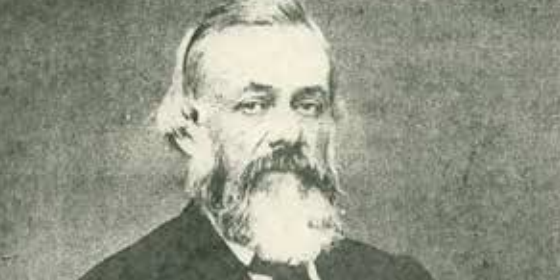
It comes as a surprise to many present-day Seventh-day Adventist that most of the founders of the denomination could not join the church today if they had to agree to the 28 fundamental beliefs. To be more specific, the would have rejected belief number 2, on the Trinity, because they were antitrinitarian; they would have spurned number 4, on the Son, because they held that the Son was not eternal; and they would have denied number 5, on the Holy Spirit, because to them the Spirit was a force rather than a person.
To a large extent, the Christian Connexion had shaped their understanding of these points. In 1835, Joshua V. Himes, a leading minister of the Connexionists, wrote that “at first they [the Connexion believers] were generally Trinitarian,” but they had moved away from that belief when they came to see it as “unscriptural.” Himes noted that only the Father is “unoriginated, independent, and eternal.” Thus, of necessity, Christ was originated, dependent, and brought into existence by the Father. The Connexionists also tended to view the Holy Spirit as the “power and energy of God, that holy influence of God.”
Joseph Bates, James White and other Connexion adherents brought those views into Sabbatarian Adventism. White, for example, referred to the Trinity in 1846 as that “old unscriptural Trinitarian creed” and, in 1852, as that “old Trinitarian absurdity.”
J.N. Andrews shared White’s views. In 1869, he penned that “the Son of God . . . had God for His Father, and did, at some point in the eternity of the past, have a beginning of days.”
Uriah also rejected the Trinity, arguing in 1865 that Christ was “the first created being” and in 1898 that God alone is without beginning.
Here we have kind of a Sabbatarian Adventist Who’s Who on the Trinity. Only one name, you may have noted, is missing — that of Ellen White. It’s not that she didn’t have anything to say on the topic. Rather, it is impossible to tell exactly what she believed from what she said, at least in the early decades of the movement.
How could most of the early Adventist leaders have been wrong on so important a subject?
Here is part of an answer. God leads His people step by step, and as they progress their vision becomes clearer and clearer. In the next few [issues of the Herald], we will see a transformation take place in Adventist thinking on the Trinity.
_________________________________
George R. Knight is a retired professor of Church History at the Adventist Theological Seminary at Andrews University. This article is from his book, Lest We Forget, a daily devotional, published by the Review and Herald Publishing Association, page 288.